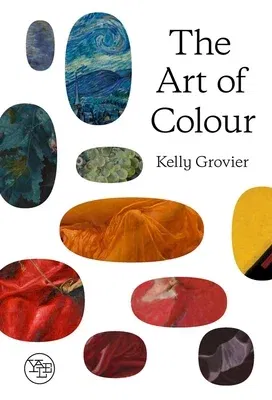A captivating new history of art told through the storied biographies
of colors and pigments
In this refreshing approach to the history of color, Kelly Grovier takes
readers on an exciting search for the intriguing and unusual. In
Grovier's telling, a color's connotations are never fixed but are
endlessly evolving. Knowledge of a pigment and its history can unlock
meaning in the works that feature it. Grovier employs the term
"artymology" to suggest that color is a linguistic device, where
pigments stand in for syllables in art's language. Color is the site of
invigorating conflict--a battleground where past and present, influence
and originality, and superstition and science merge into meanings that
complicate and intensify our appreciation of a given work. How might it
change our understanding of a well-known masterpiece like Vincent van
Gogh's Starry Night to know that the intense yellow moon in that
painting was sculpted from clumps of dehydrated urine from cows that
were fed nothing but mango leaves? Or that the cobalt blue pigment in
Van Gogh's sky shares a material bloodline with the glaze of Ming
Dynasty porcelain? Consisting of ten chapters, each presenting a
biography of a family of colors, this volume mines a rich vein of
pigmentation from prehistoric cave painting to art of the present day.
The book also includes beautifully designed features exploring important
milestones in the history of color theory from the Enlightenment to the
twentieth century.

